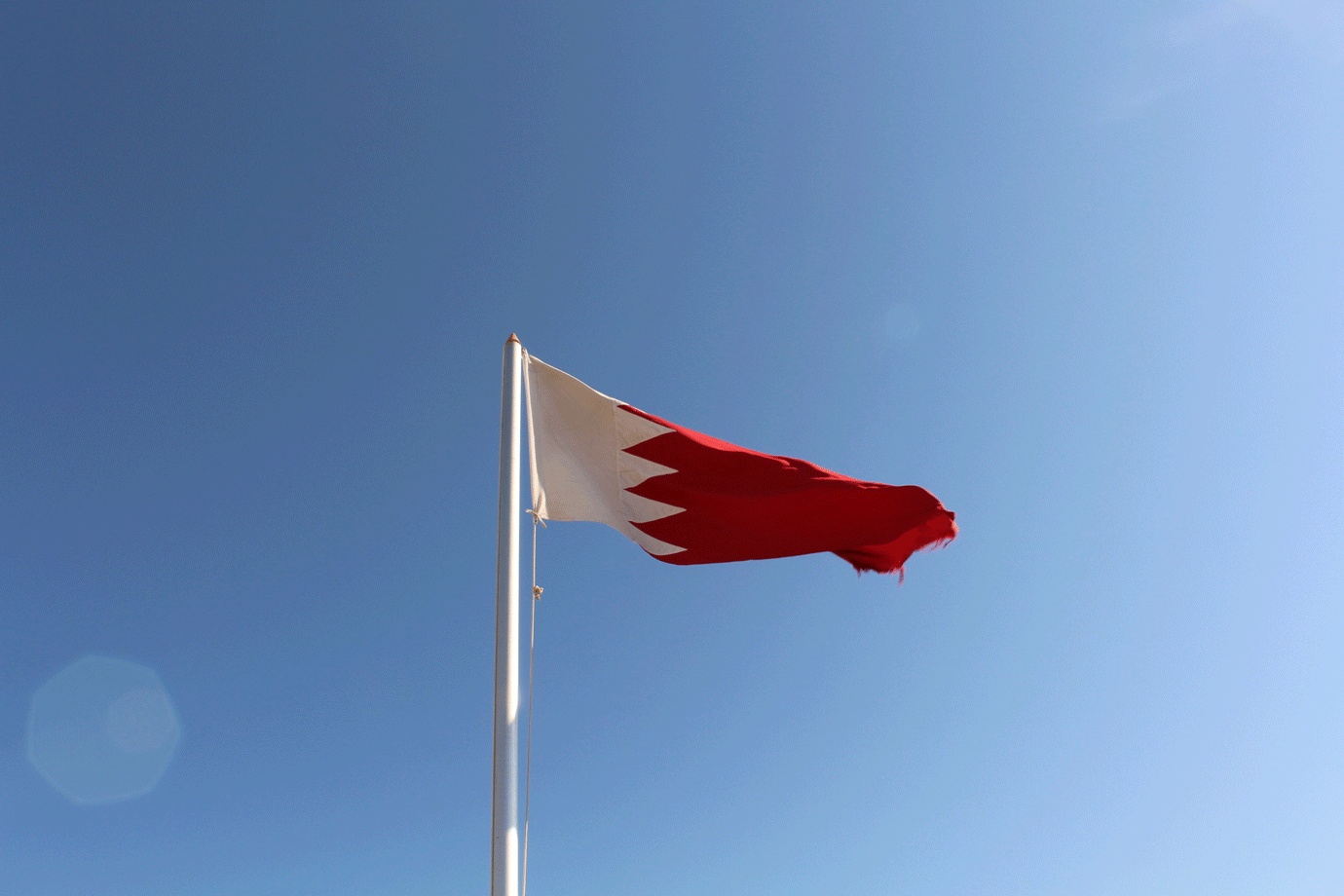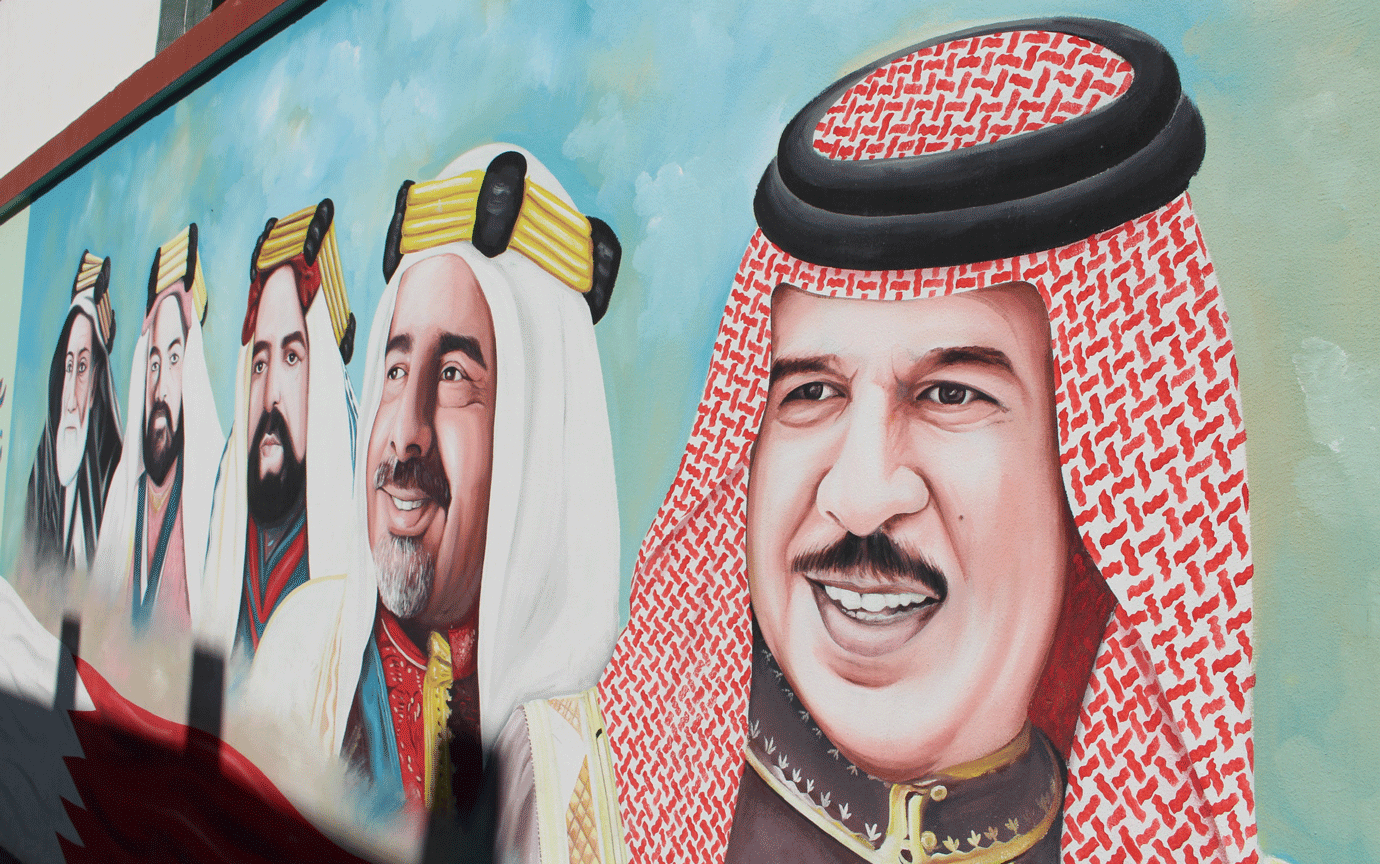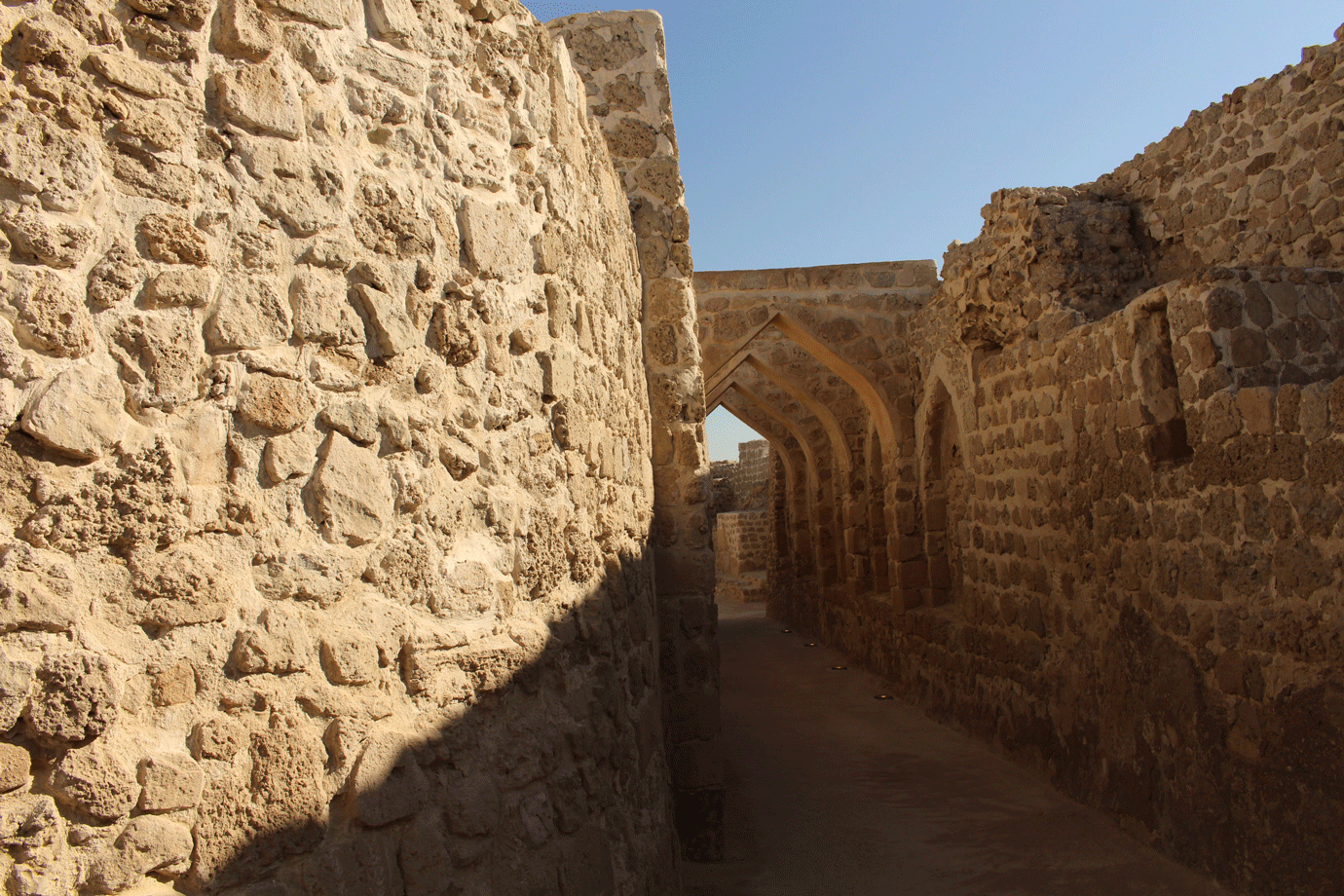For UAE residents, Bahrain is just an hour away which makes it the ideal destination for a weekend getaway or a mini break of three to four days. We can attest to the fact that three days is essential if you want a balance of downtime with a reasonable amount of sight-seeing. And the best part; you will find the friendliest people here, both local and expats.
1. Qal’at al Bahrain or the Bahrain Fort
Qal’at Al Bahrain was also Qal’at Al Portugal once – when the Portuguese invaded Bahrain and built a defensive fort there. But this site is not just a fort, but an area covered in thousands of years of history dating to as early as 2300 B.C.


The earliest and most prolific discovery here is the Dilmun civilisation, one of the most powerful at the time (third millennium B.C), accounts of which were only found in ancient written references. These early people traded with the Indus Valley civilisation and the Harappa civilisation in Asia, Mesopotamia – the oldest civilisation in the world, and even China.

While structures used by archaeologists in the 1950s are still on site, excavations are currently also in process as the discoveries continue. The fort is a national monument and a UNESCO World Heritage Site.
2. The two seas

‘Bahrain’ – the word – means two seas owing to the fact that there are freshwater springs on the sea floor making it a mix of sea water and fresh water. Bahrain has a range of public and private beaches, and to us the fact that you could find a beach in 15 to 20 minutes from wherever you are in Manama made our day. In free public beaches, having a picnic or paddling is what people do more than swimming or water sports. Respect local customs and do not wear revealing swimwear or indulge in public drinking. Another option for ocean lovers is to hit up one of the many smaller islands such as Jarada and Hawar Islands, accessible by speed boats and ferries.

Paid and private beaches hosted by clubs and hotels are more accommodating in terms of attires and are cleaner as well. Many of them also feature restaurants, boat rides, water sports and such. Take a day pass to enjoy and swim across the man-made lagoon at Ritz Carlton Bahrain to bask on the sun beds set up across a quiet sandy shore.
3. Al Fateh Mosque

Al Fateh Mosque is one of the largest mosques in the world with a capacity of up to 7,000 worshippers at a time and boasts the largest fibreglass dome in the world. The highlight once you step into the mosque is the chandelier – a mammoth structure of crystal from Austria.

The walls of the mosque are decorated in Kulfic calligraphy while the balcony offers a nice view of the expansive halls. They also have a courtyard area and a free library of books relating to Islamic history. Women are required to wear a scarf and the full-length abaya while in the mosque – these can be borrowed free of cost.
4. Dhow building sites

Dhow building has been part of Bahraini culture for ages, given their proximity to the sea and trade relations conducted across countries from the Dilmun Civilisation onwards. Dhow building is a more of a family tradition with the business and skills being handed down from father to son.

All wood used in the dhows is imported from India, and if you visit the building docks at Muharraq, you can see a few half-built structures. One dhow can take up to two years to complete. The major purpose of these boats include pearl-diving, fishing and, cargo and passenger transport.
5. Shaikh Isa Bin Ali House

The palatial residence of Shaikh Isa Bin Ali Al Khalifa gives insight into royal life during the 19th century. Wind towers for cooling, spring wells inside the house, Indian teak doors, summer floors and many more interesting ways of life followed by the royal family can be seen here. Islamic architecture at its best, it features beautifully engraved doors, arches and stained glass windows (kamriyas).
6. The King Fahd Causeway

The King Fahd Causeway from Saudi to Bahrain is an impressive series of bridges, measuring 25 kilometres in length, connecting the two countries. It was opened officially to the public in 1986 and recorded a whopping 107,000 crossings in 24 hours during Eid Al Fitr in 2016.
7. The Tree of Life

A 400-year old prosopis cineraria tree stands alone in the middle of the desert, still growing and thriving despite harsh desert conditions. It has never been watered (Bahrain receives little to no precipitation) and is, literally, in the middle of nowhere. Though the tree has only been dated as 400 years old, archaeologists have found artefacts which can be attributed to cult practices dating back to the Dilmun civilisation at the same site.
8. Bahrain Museum
Inaugurated in 1988, the museum is organised into 6 different sections with history from across 4,000 years. From cultural evolution and trading to music history and archaeological exhibits, the museum is an interesting visit. One of the cultural discoveries from the Dilmun civilisation mimics the ancient Egyptian belief of life after death, and skeletal remains have been found buried with useful items for the after-life.

A pot with a snake in it was another item found in many graves – the death of the snake signifying life after death for the buried human. Greek influences can be seen in the sculptures of the old gods, Enki and Gilgamesh.
9. Souks and streets
Markets bring more cultural insight about a country than anything else. From spices and exotic oils to local sweets and beautiful pearls, the souks of Bahrain are a souvenir shopper’s delight. Most people understand English but it would be helpful to have a trusted friend who knows Arabic and the area. So you don’t get ripped off.

A tour guide can also sort out this difficulty – our recommendation is Farhat International Tours and Travels who regularly conduct timed, specific tours for visitors to the country (Contact: inbound@farhat-tours.com)













